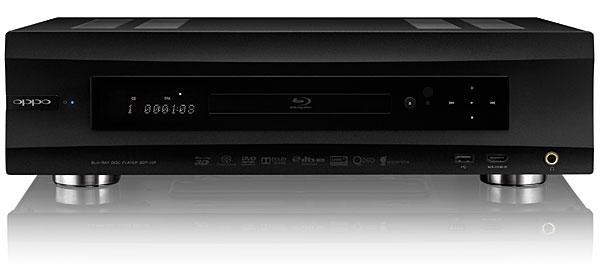| Columns Retired Columns & Blogs |
Dr. Rubinson:
Thanks for your column in Stereophile, which I always read before any other part of the magazine; I wish it appeared every month.
I have a multichannel system that includes an Oppo BDP-105 and a Marantz AV8003 preamp, however I have been experimenting with a setup that omits the Marantz, using the Oppo as preamp. It has enough inputs for my system, and I don’t like using Audyssey. So far, my feeling is that the system sounds better without the Marantz.
I understand that you have Paradigm speakers in one of your systems. My front left & right speakers are Paradigm Reference Signature S8 v3. I’ve had these for about a year, and love them. I suggest you consider reviewing them for Stereophile. Around the time I auditioned them, I also listened to Sonus Faber Liuto, B&W 803 Diamond, B&W 802 Diamond, and Revel Ultima Studio2. The caveat is that all these speakers were in different systems and rooms, however the Paradigms were an easy choice, with a much more natural sound than the others.







































